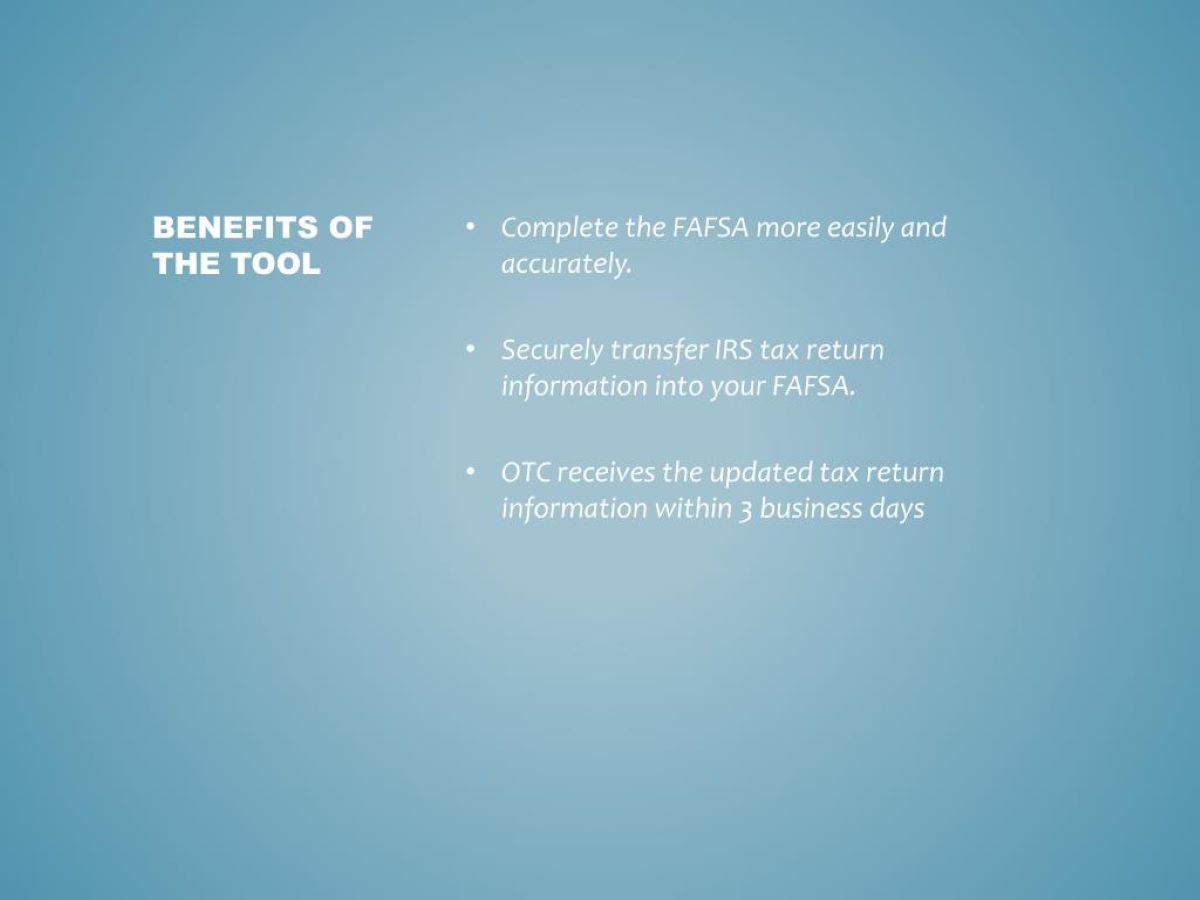Home>Finance>Longitudinal Data: Definition And Uses In Finance And Economics


Finance
Longitudinal Data: Definition And Uses In Finance And Economics
Published: December 20, 2023
Discover the power of longitudinal data in the world of finance and economics. Gain insights, make informed decisions, and stay ahead in the dynamic field of finance.
(Many of the links in this article redirect to a specific reviewed product. Your purchase of these products through affiliate links helps to generate commission for LiveWell, at no extra cost. Learn more)
Unlocking the Potential of Longitudinal Data in Finance
When it comes to making informed decisions in the world of finance, data is the key that unlocks the doors to success. However, not all data is created equal, and understanding the nuances of different types of data is crucial. In this blog post, we will explore the concept of longitudinal data and its vital uses in the fields of finance and economics.
Key Takeaways:
- Longitudinal data provides insights into changes over time and helps identify trends in economic and financial variables.
- It enables researchers and analysts to understand the dynamics of relationships, identify causality, and make accurate predictions.
So, what exactly is longitudinal data? In simple terms, longitudinal data refers to information collected on the same set of entities or individuals repeatedly over a specific period. This method allows researchers to examine how variables evolve and interact over time, providing a deeper understanding of complex financial and economic phenomena.
Longitudinal data gives finance professionals and economists a powerful tool to analyze trends, measure the effectiveness of policies, and predict future outcomes. By following a group of entities or individuals over time, researchers can capture the continuous flow of data and observe how variables interrelate and change.
Here are some key uses of longitudinal data in finance and economics:
- Studying Economic Growth and Development: Longitudinal data helps economists analyze the factors that contribute to economic growth and development. By examining variables such as GDP, inflation rates, employment rates, and investment patterns over time, researchers can identify the drivers behind economic success or failure.
- Understanding Market Trends: In the fast-paced world of finance, identifying market trends is crucial. Longitudinal data allows analysts to track market behavior by studying variables such as stock prices, trading volumes, and market volatility over time. This information helps investors make informed decisions and identify profitable opportunities.
- Assessing Policy Impacts: Longitudinal data assists policymakers in evaluating the effectiveness of economic policies by tracking relevant indicators over time. By comparing pre and post-policy implementation data, policymakers can measure the impact of policies and make informed adjustments for better outcomes.
- Predicting Financial Performance: Longitudinal data analysis enables professionals to build predictive models that forecast financial performance accurately. By monitoring variables such as sales revenue, expenses, market share, and customer behavior over time, analysts can identify patterns and make informed predictions.
- Understanding Consumer Behavior: Consumer behavior is a critical factor in the field of finance. Longitudinal data allows researchers to track variables such as spending patterns, saving habits, and borrowing behavior over time. This information helps financial institutions tailor their services to meet the evolving needs of consumers.
In conclusion, longitudinal data plays a significant role in finance and economics by providing insights into changes over time and facilitating accurate predictions. By harnessing the power of longitudinal data, researchers, analysts, and policymakers can gain a deeper understanding of complex economic and financial phenomena, leading to more informed decision-making and improved outcomes.














